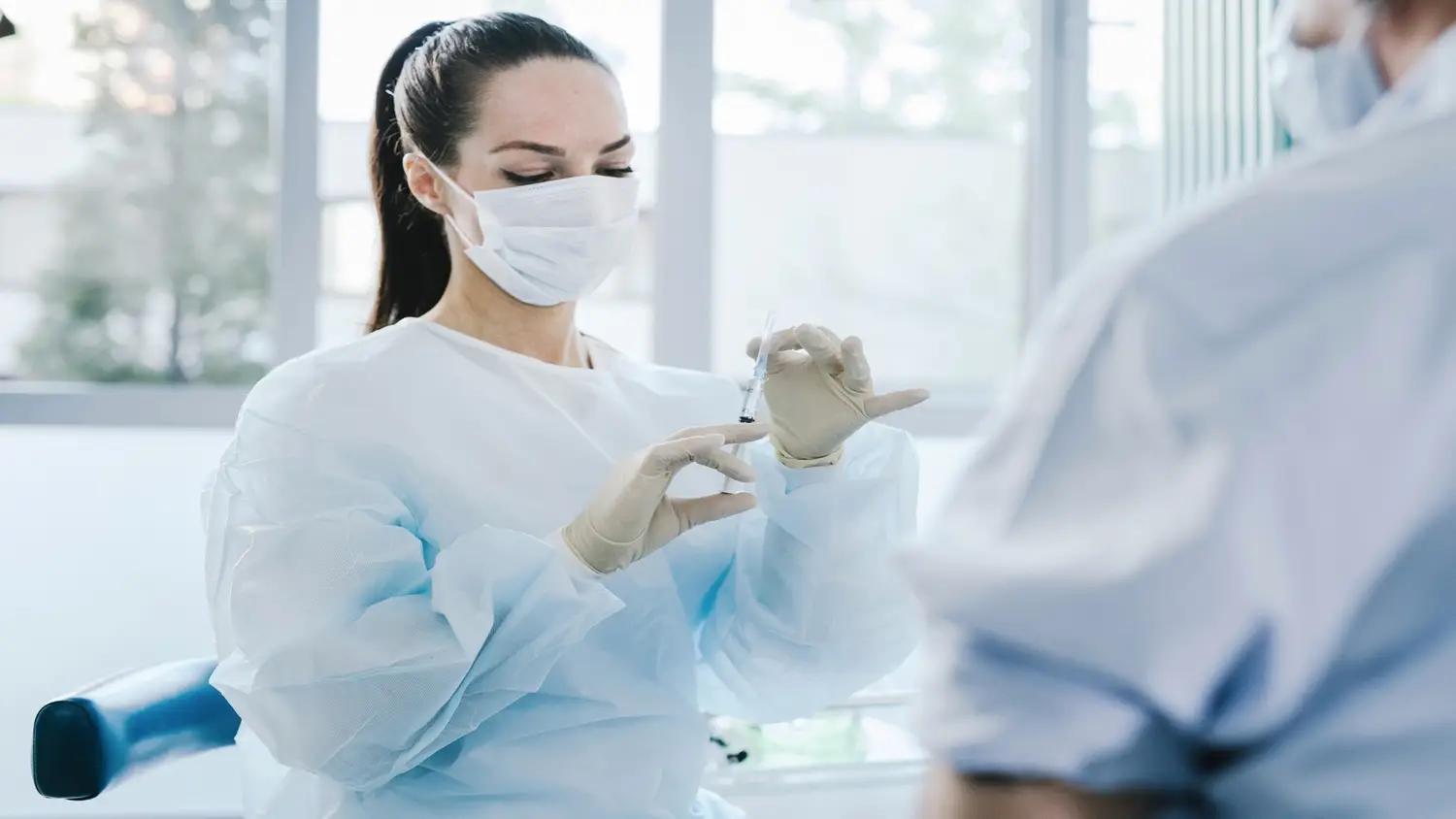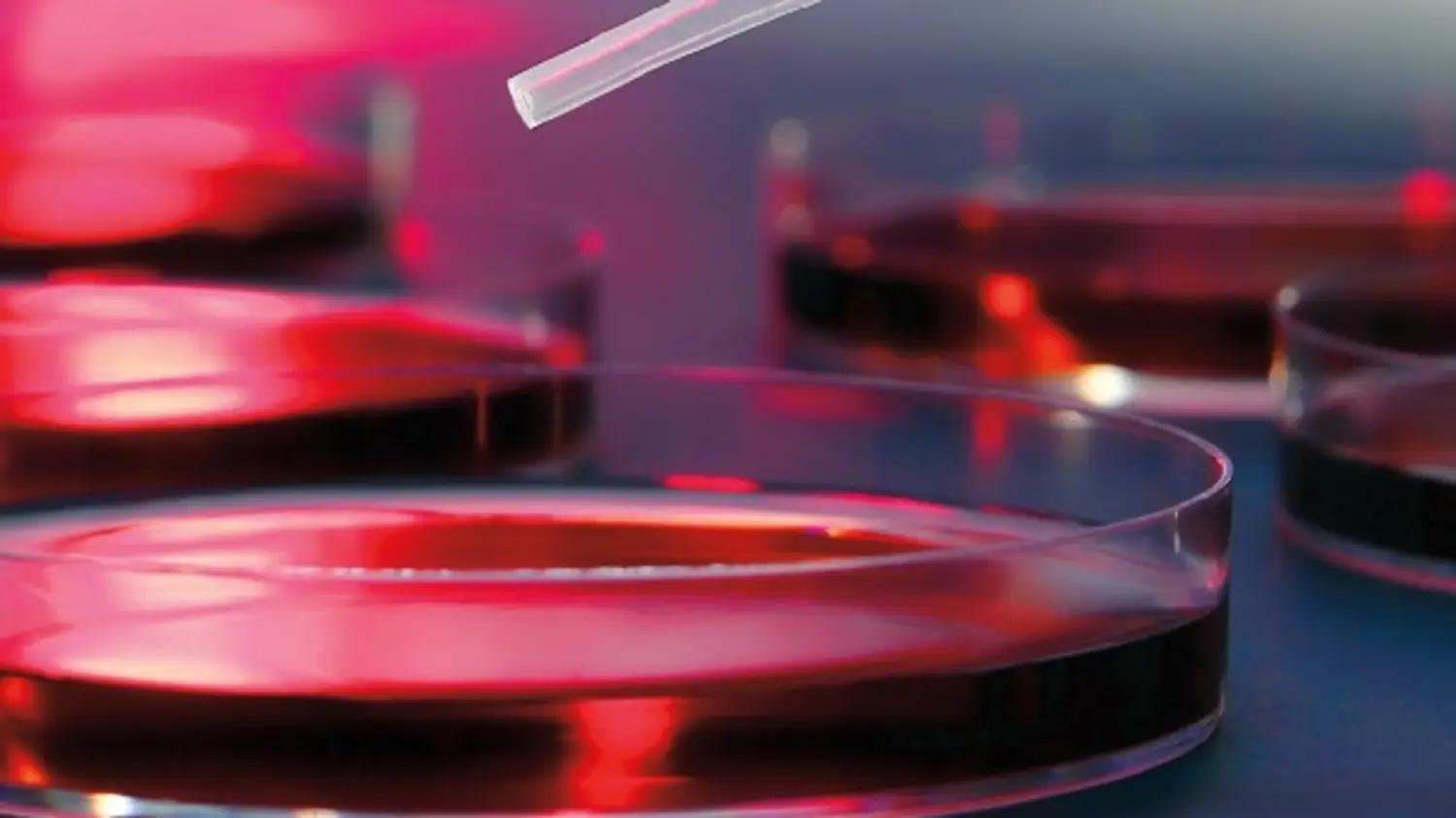
Three-Dimensional Digital Breast Tomosynthesis: An Update
 hosted byeRADIMAGING
hosted byeRADIMAGING
Three-Dimensional Digital Breast Tomosynthesis: An Update is organized by eRADIMAGING.
Release Date: 06/11/2019
Expiration Date: 07/01/2025
Course Description:
Aside from skin cancer, breast cancer is the most common cancer in American women. It is the second leading cause of cancer death and only lung cancer kills more women each year. Improvements in imaging and new treatment options have improved morbidity and mortality in patients with breast cancer. The average 10-year survival rate is now 83%. If the cancer is located only in the patient’s breast, the 5-year survival rate is 99%; however, if the cancer has spread to the lymph nodes, the 5-year survival drops to 83%. Early detection is the key to increased survival. Screening mammography, first with film followed by digital imaging, has been the gold standard for breast cancer detection. However, the overall sensitivity is limited by the presence of dense fibroglandular breast tissue, which can obscure an underlying cancer; specificity is also limited as overlapping fibroglandular breast tissue can mimic the appearance of breast cancer. Approved in 2011, digital breast tomosynthesis (DBT) can address some of the limitations encountered with standard mammographic views. DBT allows for the creation of thin-section reconstructed images that may decrease the lesion-masking effect of overlapping normal tissue and also decrease the rate of recall for benign findings. However, interpretation time and radiation dose are increased. Since the introduction of DBT to the clinical landscape in 2011, many facilities have adopted this technology for both screening and diagnosis. This article will discuss the current state DBT for screening women with suspected breast cancer.
Learning Objectives:
After reading this article, the participant should be able to:
• DESCRIBE current breast cancer statistics and breast cancer screening recommendations.
• EXPLAIN the clinical advantages and potential limitations of DBT.
• DISCUSS the benefits of synthesized digital mammography.








